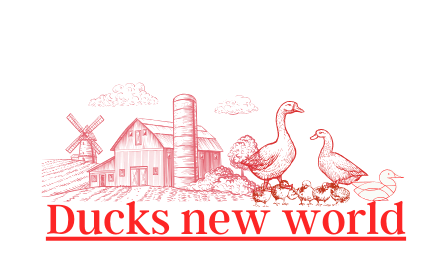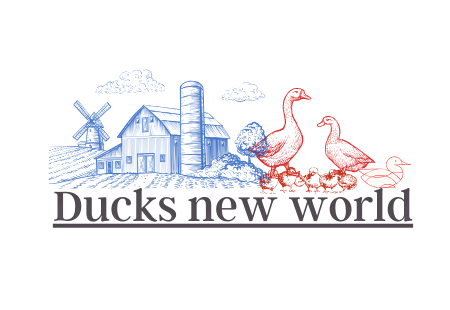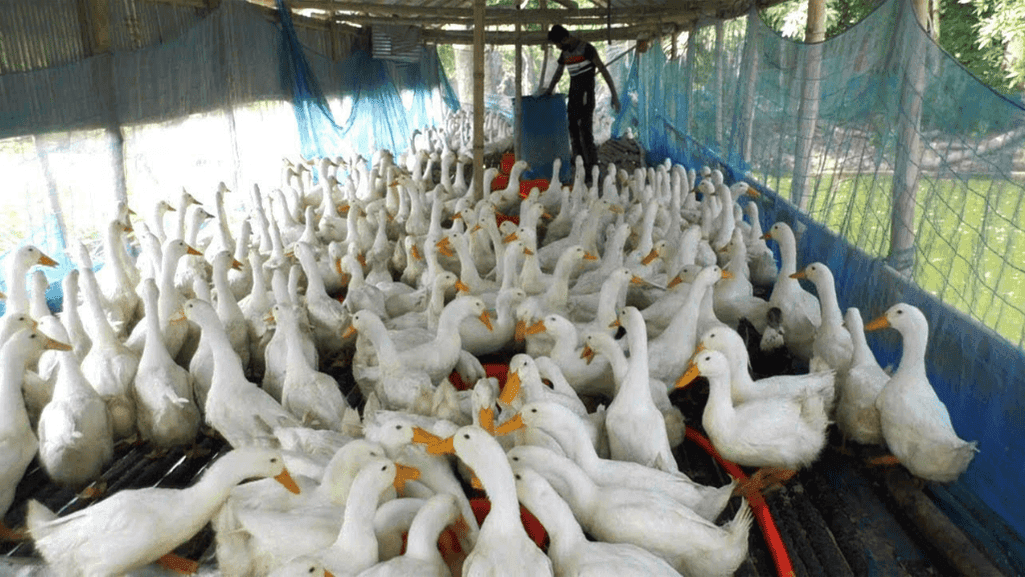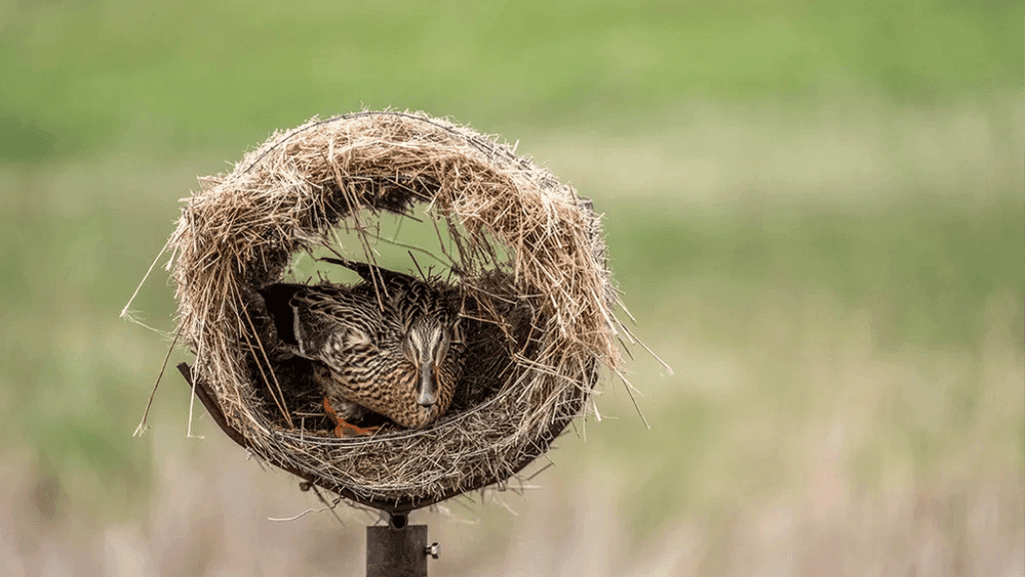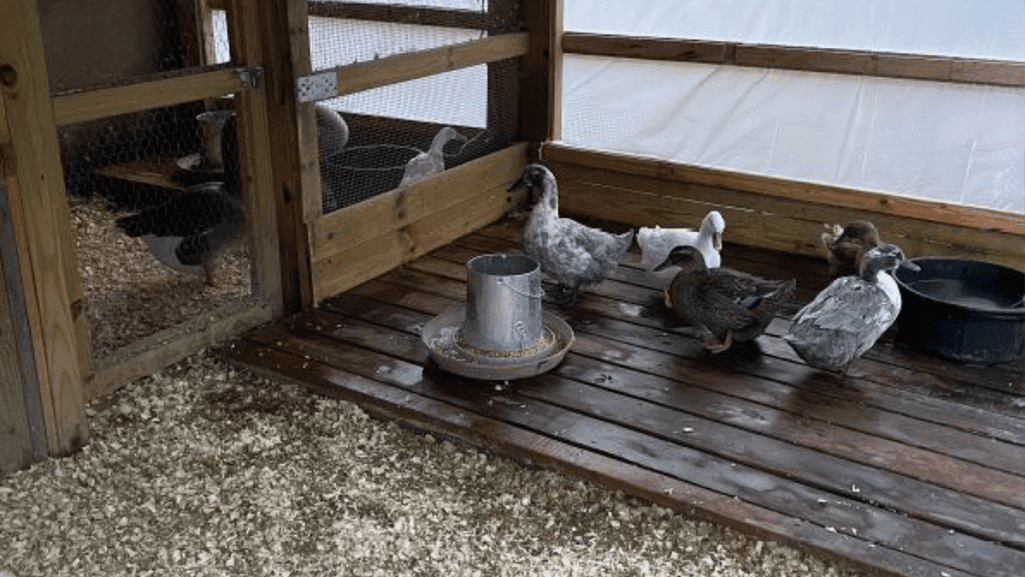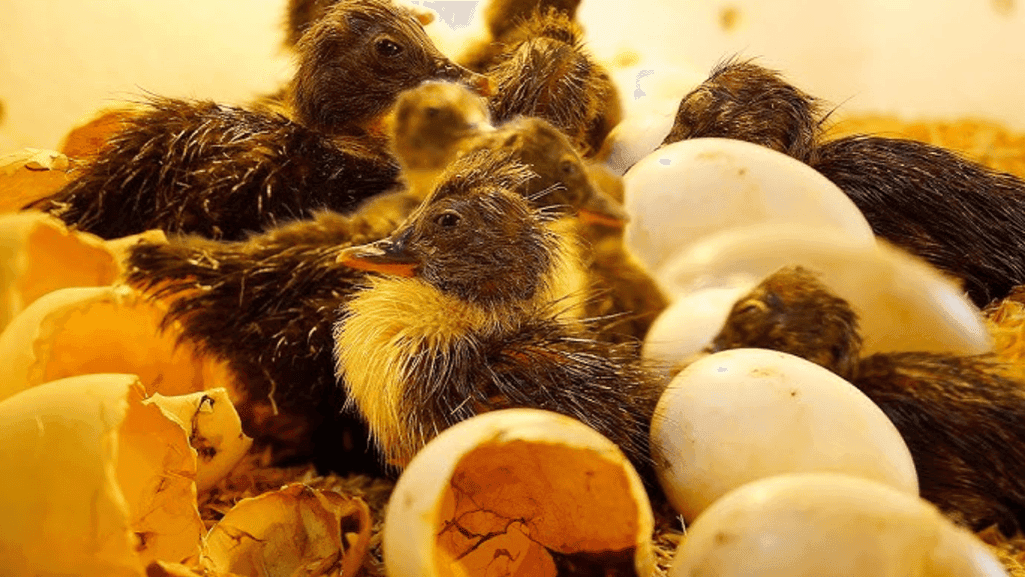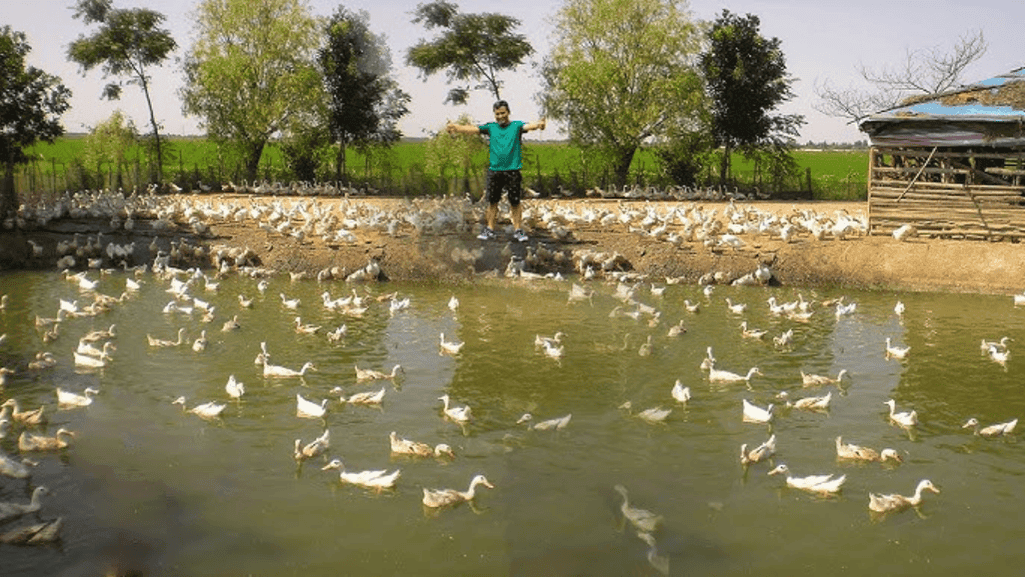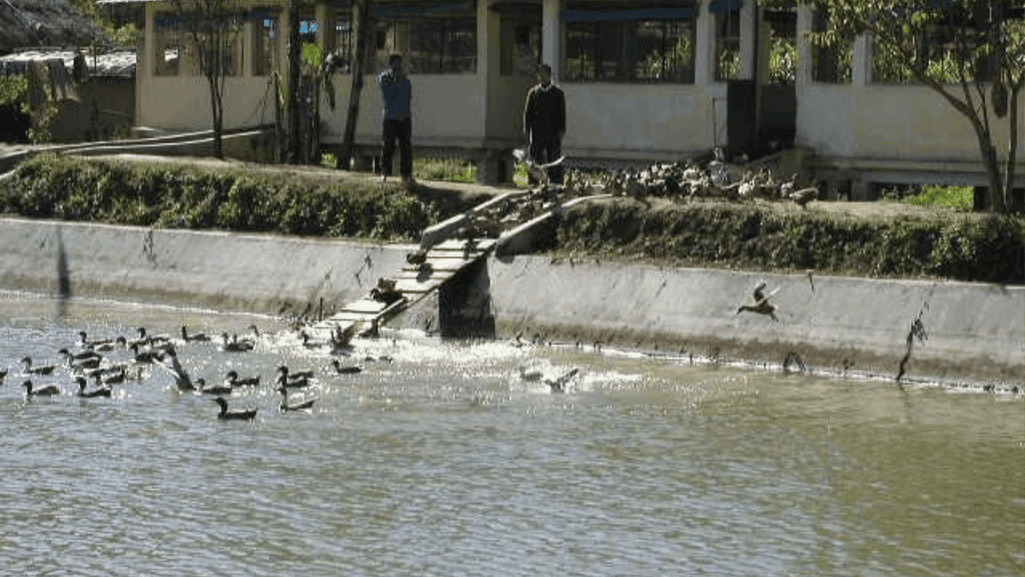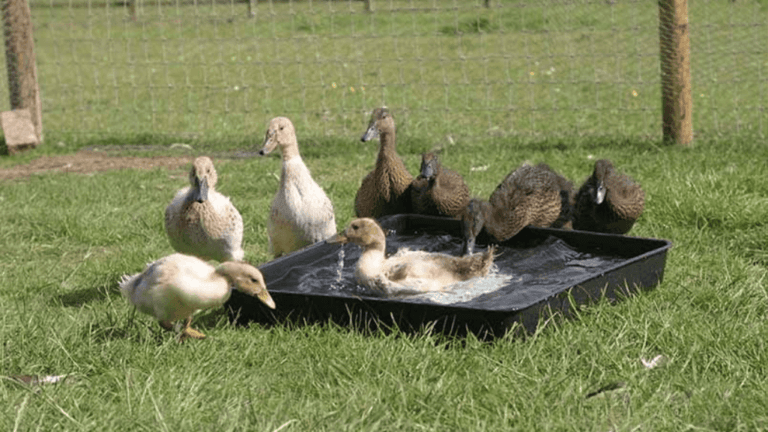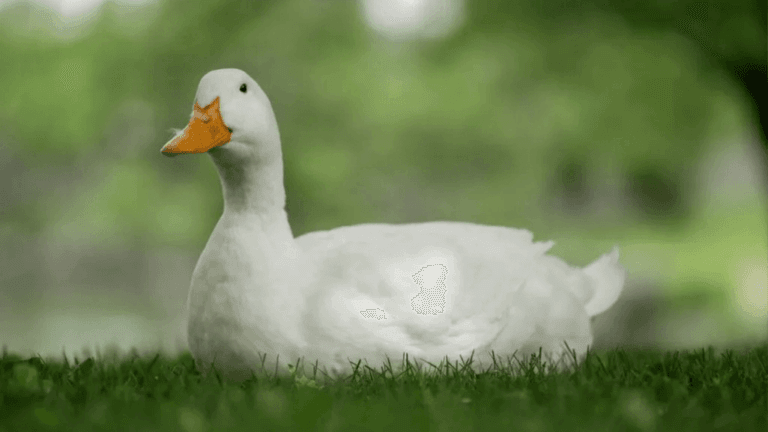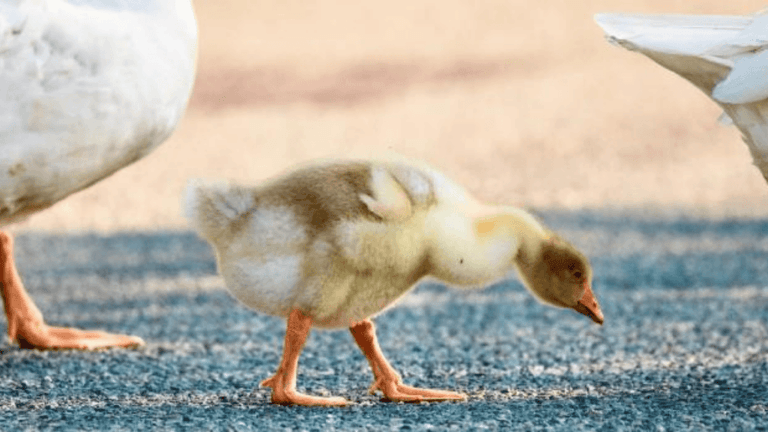Duckery farming is a sustainable and efficient practice that has gained popularity across the United States. It focuses on raising ducks for their high-quality products, including meat and eggs. This method not only supports local food systems but also promotes eco-friendly practices.
Historically, farms like Maple Leaf Farms have evolved from simple feed sellers to vertically integrated systems. Their journey highlights the importance of transparency and innovation in production. By adopting modern techniques, farmers ensure that ducks are raised in healthy environments, contributing to better food quality.
Proper management and strategic house design are key to successful duck farming. Centralized locations and innovative practices, as seen in historical examples, offer significant advantages. This guide aims to educate readers on best practices, feeding strategies, and production principles to help them thrive in this industry.
Key Takeaways
- Duckery farming is a sustainable and efficient practice.
- Modern techniques ensure high-quality duck products.
- Proper management and house design are essential for success.
- Innovative practices and centralized locations offer significant advantages.
- This guide provides best practices for feeding and production.
Introduction to Duckery Farming
Modern duck farming blends traditional practices with innovative techniques to meet growing market demands. This approach not only ensures high-quality products but also promotes sustainability and animal welfare. From small backyard setups to large-scale operations, raising ducks has become a rewarding venture for many across the U.S.
Overview of the Duckery Farming Landscape
Duck farming has evolved significantly over the years. Traditional methods focused on small ponds and natural feeding, while modern practices emphasize efficiency and scalability. For example, Maple Leaf Farms has pioneered vertically integrated systems, ensuring transparency and quality in production.
Understanding market demands is crucial. Duck meat and eggs are highly sought after for their nutritional value. Ducklings play a vital role in production, with rearing phases carefully managed week by week. Selecting the right breed, such as Pekin or Khaki Campbell, can significantly impact productivity.
Benefits and Challenges in Modern Duck Farming
Duck farming offers numerous benefits. Duck meat is rich in protein and essential nutrients, while duck eggs are larger and more nutritious than chicken eggs. Additionally, ducks contribute to sustainable agriculture by enhancing pond fertility with their droppings.
However, challenges exist. Managing water quality is critical, as ducks require clean water for health and hygiene. Bird behavior, such as flock dynamics, must also be monitored. Predators and housing costs are additional concerns that farmers need to address.
“Proper management of water and housing ensures the health and productivity of your flock,” says Lauren Klouda, a renowned expert in homegrown duck raising.
For those interested in starting their own operation, resources like the Introduction to Commercial Duck Farming provide valuable insights. Organizations like Ducks New World also offer educational content to support aspiring farmers.
Planning Your Duck Farm: Breeds, Housing, and Feeding
Starting a duck farm requires careful planning, from selecting the right breeds to designing effective housing. Whether you’re raising ducks for meat, eggs, or both, understanding their needs is essential for success. This section will guide you through breed selection, housing design, and feeding strategies to help you build a thriving operation.
Selecting the Right Duck Breeds
Choosing the right breed is the first step in planning your duck farm. Different breeds serve specific purposes, such as meat production, egg laying, or dual-purpose usage. For example, Pekin ducks are popular for meat due to their fast growth, while Khaki Campbells are known for their high egg production.
Consider your goals when selecting a breed. If you’re focusing on eggs, breeds like the Indian Runner or Khaki Campbell are excellent choices. For meat production, Pekin or Muscovy ducks are ideal. Dual-purpose breeds, such as the Rouen, offer a balance of meat and egg production.
“Understanding the characteristics of each breed ensures you meet your farm’s objectives,” says Lauren Klouda, an expert in duck raising. For more insights on duck lifespans and care, visit Ducks New World.
Establishing Effective Housing and Nutrition Strategies
Proper housing is crucial for the health and productivity of your ducks. Each bird requires 4-5 square feet of space to thrive. The design should prioritize cleanliness, as ducks can be messy. Elevated flooring and proper drainage help maintain hygiene.
Nutrition is equally important. Ducklings need a diet with 20-24% protein, while mature ducks require 15-16%. Feed formulations specifically designed for ducks ensure balanced growth. Incorporating kitchen waste can also reduce feed costs.
Cost management is another key factor. While initial investments may be higher, efficient systems and reuse of materials can lower expenses. Comparing duck farming to chicken production systems can provide valuable insights into cost-effective practices.
By focusing on breed selection, housing design, and nutrition, you can create a sustainable and profitable duck farm. Planning for seasonal variations and long-term goals ensures your operation thrives year-round.
Setting Up the Perfect Duck House and Water Systems
Creating the ideal environment for ducks involves careful planning and attention to detail. A well-designed duck house and efficient water systems are essential for maintaining their health and productivity. This section covers key strategies for building a functional shelter, optimizing hydration, and protecting your flock from threats.
Designing a Safe and Functional Duck House
A proper duck house ensures your flock has a comfortable and secure shelter. Key design elements include:
- Ventilation: Proper airflow prevents moisture buildup and reduces disease risks.
- Space: Each duck requires 4-5 square feet to move freely and avoid stress.
- Cleanliness: Elevated flooring and drainage systems help manage waste effectively.
According to Maple Leaf Farms, regular maintenance and structural durability are crucial for long-term production success.
Optimizing Watering Systems for Duck Health
Ducks rely on clean water for drinking and hygiene. Efficient systems should:
- Provide consistent access to fresh water to prevent dehydration.
- Regulate water levels to avoid contamination and spills.
- Incorporate easy-to-clean designs to maintain hygiene.
“Proper hydration is key to leg health and overall duck well-being,” says Lauren Klouda, a duck-raising expert.
Preventative Measures for Predators and Disease
Protecting your flock from predators and illness requires proactive steps:
- Use predator-proof fencing and secure locks to keep threats out.
- Implement waste management systems to reduce disease risks.
- Balance indoor and outdoor exposure to minimize stress and health issues.
By focusing on these strategies, you can create a safe and productive environment for your ducks, ensuring their health and your farm’s success.
Raising Healthy Ducklings: Brooding, Nutrition, and Care
Raising healthy ducklings requires attention to detail and a solid understanding of their needs from day one. Proper care during the early weeks ensures strong growth and long-term success. This section covers essential techniques for brooding, feeding, and managing water systems to keep your ducklings thriving.
Effective Brooding Techniques for New Ducklings
Brooding is critical for ducklings during their first weeks. Start with a temperature of 90°F under the brooder lamp, decreasing by 7°F each week until they are fully feathered. A safe brooder setup includes:
- Proper ventilation to prevent moisture buildup and reduce disease risks.
- Enough space—each duckling needs at least 1 square foot initially, increasing as they grow.
- Clean bedding changed every 2-4 days to maintain hygiene.
“A well-managed brooder ensures ducklings stay warm and safe,” says Lauren Klouda, a duck-raising expert.
Managing Feed and Water Requirements
Nutrition plays a vital role in duckling development. For the first two weeks, provide a diet with 20-22% protein. After that, switch to 15-16% protein grower feed. Supplement their diet with niacin-rich foods like brewers yeast to support leg and foot health.
Water is equally important. Ducklings drink more water than chicks, so ensure they have access to clean water daily. Use shallow bowls to prevent drowning risks. Gradually introduce greens and treats to diversify their diet.
As ducklings grow, adjust their space and care routines. By 6-8 weeks, they should be fully feathered and ready to move outdoors, provided temperatures stay above 50°F.
Monitoring health is essential. Watch for signs of illness, such as lethargy or poor appetite. Preventative measures, like clean water and balanced nutrition, can reduce disease risks. For more insights on specific breeds like the Aylesbury Duck, visit our detailed guide.
Tips for Effective duckery farming
Effective duck farming combines innovation and sustainability to achieve long-term success. By focusing on sustainable practices and optimizing feed, farmers can reduce costs while maintaining high-quality meat and egg production. This section provides actionable tips to enhance your operation and ensure a thriving flock.
Sustainable Practices and Feed Optimization
Adopting sustainable practices is essential for modern duck farming. Maple Leaf Farms, for example, has set milestones for waste reduction and tree conservation. These efforts not only benefit the environment but also improve farm efficiency.
Feed optimization is another critical aspect. Ducks consume about 120-170g of feed per bird daily, depending on growth rates. Using balanced feed formulas ensures healthy development and reduces waste. Incorporating kitchen scraps or niacin-rich supplements can further lower costs while supporting leg health.
“Sustainable farming practices not only protect the environment but also enhance profitability,” says Lauren Klouda, a duck-raising expert.
Monitoring Health and Maximizing Productivity
Regular health checks are vital for maintaining a productive flock. Watch for signs of illness, such as lethargy or poor appetite. Preventative measures, like clean water and balanced nutrition, can reduce disease risks.
Monitoring production metrics, such as egg laying rates and weight gain, helps identify areas for improvement. For instance, Khaki Campbell ducks can lay up to 340 eggs per year, making them a top choice for layer management.
Comparing duck farming to chicken operations highlights unique benefits. Ducks are more resistant to diseases and can thrive in diverse environments. This resilience makes them a cost-effective option for sustainable production.
For more insights on managing ducks, explore our guide on training ducks as pets.
By implementing these strategies, you can create a sustainable and profitable duck farming operation. Focus on innovation, health monitoring, and efficient feed management to achieve long-term success.
Integrating Ducks into Aquaculture and Mixed Farming Systems
Combining ducks with fish farming creates a mutually beneficial system for farmers. This approach, known as duck-fish polyculture, enhances productivity while reducing costs. By leveraging the natural behaviors of ducks and fish, farmers can create a sustainable and efficient operation.
Enhancing Pond Fertility with Duck Droppings
Duck droppings are a natural source of nutrients for ponds. When ducks are raised near or on a pond, their waste fertilizes the water, promoting the growth of plankton. This plankton serves as a primary feed for fish, reducing the need for artificial feed.
Studies show that 100 ducks can produce up to 6,000 kg of droppings per year. This natural fertilization boosts fish production, with net yields reaching 3,688 kg per hectare annually. For example, Pekin ducks are particularly effective in this system due to their high waste output.
Combining Fish and Duck Production for Synergy
Integrating ducks and fish creates a win-win scenario. Ducks benefit from the pond environment, while fish thrive on the nutrients provided by duck waste. This synergy reduces costs and increases overall farm efficiency.
Seasonal factors play a role in system productivity. During warmer months, both ducks and fish grow faster, requiring adjustments in feed and management. Farmers can maximize sales by timing harvests to meet market demand.
For more insights on integrating ducks into aquaculture, visit the FAO’s guide on mixed farming systems.
By adopting duck-fish polyculture, farmers can create a sustainable and profitable operation. This method not only enhances production but also promotes eco-friendly practices, making it a smart choice for modern agriculture.
Conclusion
Integrating ducks into mixed farming systems can enhance productivity and sustainability. From selecting the right breed to designing efficient water systems, every step plays a crucial role in ensuring success. Sustainable practices, like using duck droppings to fertilize ponds, reduce costs and improve product quality.
Proper care techniques, such as monitoring health and providing balanced feed, are essential for maintaining a thriving flock. By combining traditional methods with innovative systems, farmers can achieve long-term profitability while promoting eco-friendly practices.
For those looking to start or improve their operations, continuous learning and expert consultation are key. Explore verified resources to deepen your understanding of duck farming and unlock its full potential.
